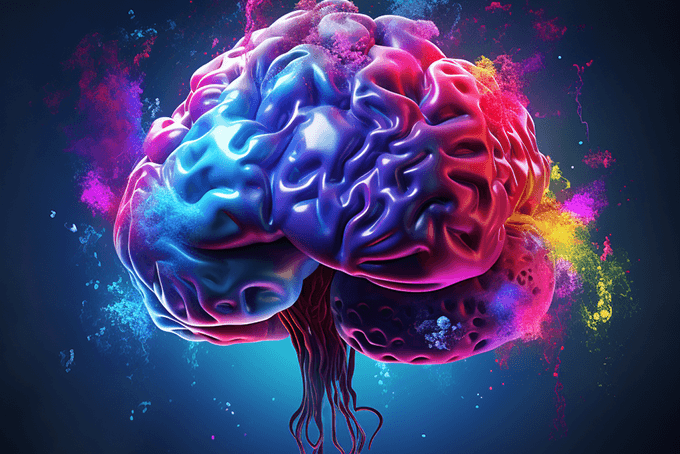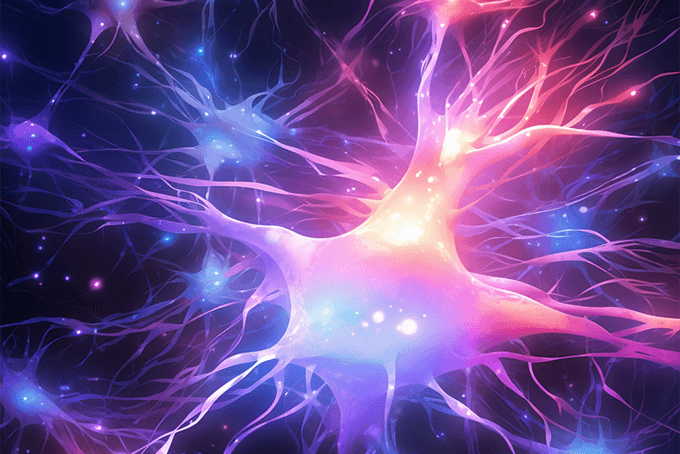
Are you ready for a challenge? I want you to make a list of all of the things that your child or children have done right today. Go ahead, pull out a blank piece of paper or a blank computer screen and begin listing everything where your child did and behaved as you wanted him to. I’ll wait while you take the time to actually complete this task.
Okay, now list the opposite. On the other side of the paper, or after creating a page break, list all of the things where your child did not do what you asked, did not listen to you, misbehaved – times when you felt annoyed, upset or aggravated.
For those of you reluctant to take the extra step of actually making the list, I guarantee you that making this little effort will have greater impact and help your learning.
Our brain is a feedback loop system. In fact, it isn’t just the brain that is a feedback loop system. Every system and cell in our body is a feedback loop system. For the purpose of understanding life on a grand level, let’s talk about understanding the implications of this feedback loop system.
The human brain is a negative feedback loop systems. This means that whenever there is a difference between what a person experiences in reality that is different from the ideal set point established by this person’s brain, an urge to behave to correct the situation is created by the brain. For example, each person has a comfortable room temperature as his ideal set point. When the room temperature dips below the ideal, the person will take action to correct the situation and re-establish the environment to match the comfortable room temperature set point established by this person. The creativity and adaptability of being human means you can choose from a wide variety of solutions to increase your warmth. You can put on warmer clothes. You can exercise, increasing your own internal temperature. You can build a fire, or turn up the heat, or sit in a sunny spot in the room. But any action you take is generated by the signal your brain gives you that what you want does not match what you are getting.
The important point to understand is that your brain is set up to notice what is wrong; to notice the exceptions, the mismatches, the painful areas that are out of order. It is the mismatch between what you want and what you are getting that creates the signal for you to take action.
Your brain does not notice when what you want matches what you are getting. You don’t pay attention. Because there is no signal generated by your brain, you aren’t even aware of it.
There are exceptions. When you finally get what you want after being out of balance for an extended time, the relief of the match feels wonderful. Remember the joy and relief you have felt when you finally entered a warm room after being cold for too long? Sipping a hot beverage, snuggled up next to a fire after being outside in the cold for several hours, feels delightful. This match is a relief and is very much part of your awareness and gratitude.
But, are you aware of the temperature in the room you are in right now? If you are too cold or too warm, then you probably are aware of it. But if you are in a comfortable room, you haven’t even noticed the temperature. Your brain functions to bring your awareness and action to situations when there is a mismatch – not when there is comfort, satisfaction, and a match.
Now let’s apply this idea to your interactions and relationship with children. As a classroom teacher, you are very aware of the children who are misbehaving in your classroom. Are you aware of the children who are cooperating, learning, and engaged? Don’t despair if you are only paying attention to the misbehaving children. It is how your brain functions. Your brain’s biology signals you into action when misbehaving children are present. Your brain’s biology gives you no notice of well-behaved, cooperative children. They go unnoticed.
Because children’s brains function the same way, your students may not be aware of what they are doing well, where they are achieving, and where they are being successful. In order for this to happen, they have to go against their brain’s biology and extend extra effort to find the moments and areas where their achievement matches their desired outcome. Looking for successful accomplishments, especially small and minor ones, is not part of our nature.
Ask a child to self-evaluate as she aims for successful achievements and attainment. Going one step further by asking her what she did to be successful helps her learn, internalize, and grow to master the effective skills and habits she is developing. Does she know what she can do to have even more success? Although it may feel as if things just turned out well without any effort on the child’s part, asking children to notice what they did well will maximize their learning because their brain is not going to automatically notice when there is a match. Without your helpful intervention, the brain will only notice the mismatch.
Are you aware of all of the ways your child is listening, is cooperating, and is doing just what you want? If you are, then this is probably a habit that took time and effort for you to develop.
At the beginning of this article, I asked you to list the delightful matches between what you wanted and what you were getting from your child. I also asked you to list the mismatches where what you wanted from your child was different from what your were getting. Which of these two lists was easier for you to make? If you’re like most people, the mismatches were quicker and easier for you to identify than the matches. Why? Because the biology of our brain is a negative feedback loop, giving us feedback and urging us to behave when we are not getting what we want.
With this powerful information you can make dramatic changes. For the next week, start paying attention to all of the ways that life is working out for you. For instance, the next time you drive to work, notice how many other drivers are cooperating with you, driving safely, everyone free from an accident and danger. There may be one or two drivers who are the unfortunate exception, but the vast majority of people on the road with you are safe, cooperative drivers.
For the next week, notice all the ways your child is doing well, cooperating, and helping, being pleasant, friendly, and loving. There may be moments when he sasses you or she whines, but the vast majority of your life together is filled with cooperative and pleasant moments.
Teachers, the next time you enter the staff room, celebrate with your colleagues about the 22 students who were working cooperatively with you on your most recent lesson rather than the one or two students who disrupted.
Are you getting the picture? You have to go against your biology, against your brain, to notice all of the matches – the pleasant, stress-free moments in your life and with your child. As you practice this skill more and more, it becomes a habit – one that will bring you joy.
This is a powerful skill to teach children as well. When children notice their success, happiness, and achievement, and attribute it to their own effective behaviors, they understand that what they do on a daily basis helps them meet their needs responsibly. They understand that their happiness is up to them and not dependent on anyone else. What a great gift of understanding to give to a child!



